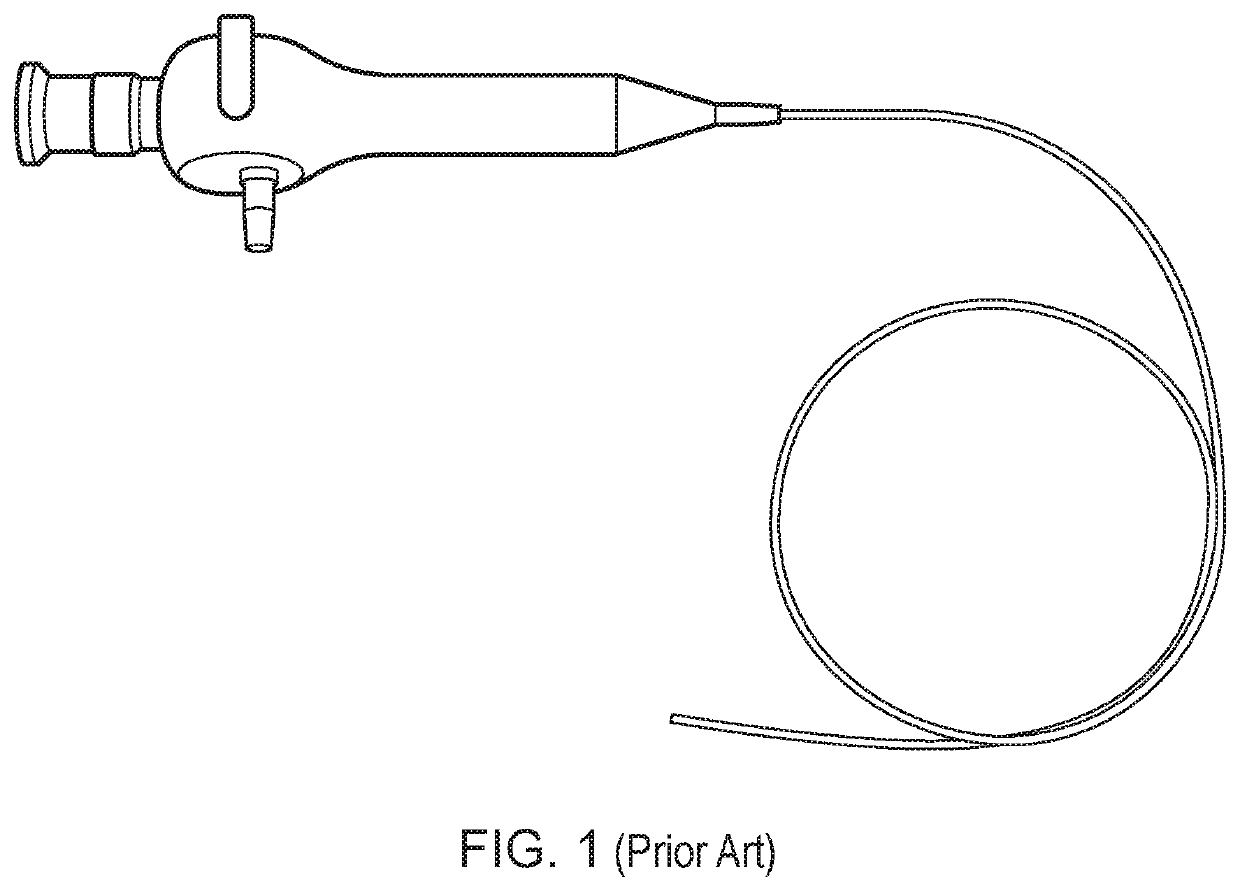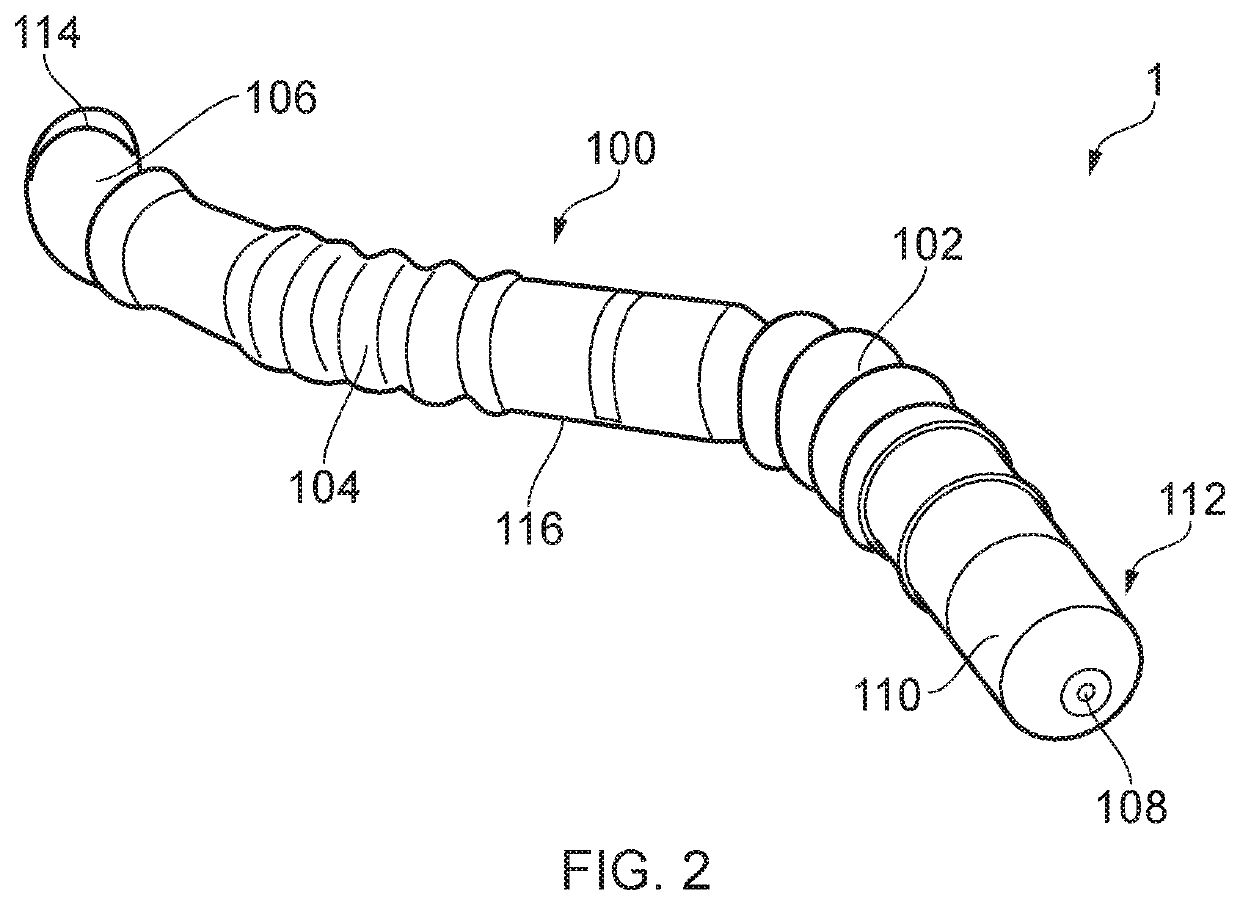A Robotic Device
a robotic and locomotive technology, applied in the field of self-steering robotic locomotive devices, can solve the problems of reducing the diameter and stiffness of the segment, and achieve the effects of increasing friction, preventing the device from slipping, and increasing the friction with the walls
- Summary
- Abstract
- Description
- Claims
- Application Information
AI Technical Summary
Benefits of technology
Problems solved by technology
Method used
Image
Examples
Embodiment Construction
. Introduction
[0124]Colorectal cancer accounts for approximately 10% of all known cancer cases worldwide and is therefore a serious cost to health services2. There is evidence to suggest that fear of discomfort is a significant reason for patients not attending regular bowel screenings. As regular screenings are one of the best and most effective methods of preventing bowel cancer19, the fact that only a little over half of the patients eligible for screening refuse to undergo colonoscopy impairs the effort of screening programs. Finding a more comfortable alternative to traditional push endoscopes could significantly increase participation in regular pre-screenings. Worm-like robots present exactly such an alternative to push endoscopes and research towards improving worm-like robotic endoscope design could have significant impact on people's health and wellbeing. This paper will present a novel design for a soft, multi-segment worm robot.
[0125]Recently, a number of worm-like robot...
PUM
 Login to View More
Login to View More Abstract
Description
Claims
Application Information
 Login to View More
Login to View More - R&D
- Intellectual Property
- Life Sciences
- Materials
- Tech Scout
- Unparalleled Data Quality
- Higher Quality Content
- 60% Fewer Hallucinations
Browse by: Latest US Patents, China's latest patents, Technical Efficacy Thesaurus, Application Domain, Technology Topic, Popular Technical Reports.
© 2025 PatSnap. All rights reserved.Legal|Privacy policy|Modern Slavery Act Transparency Statement|Sitemap|About US| Contact US: help@patsnap.com



